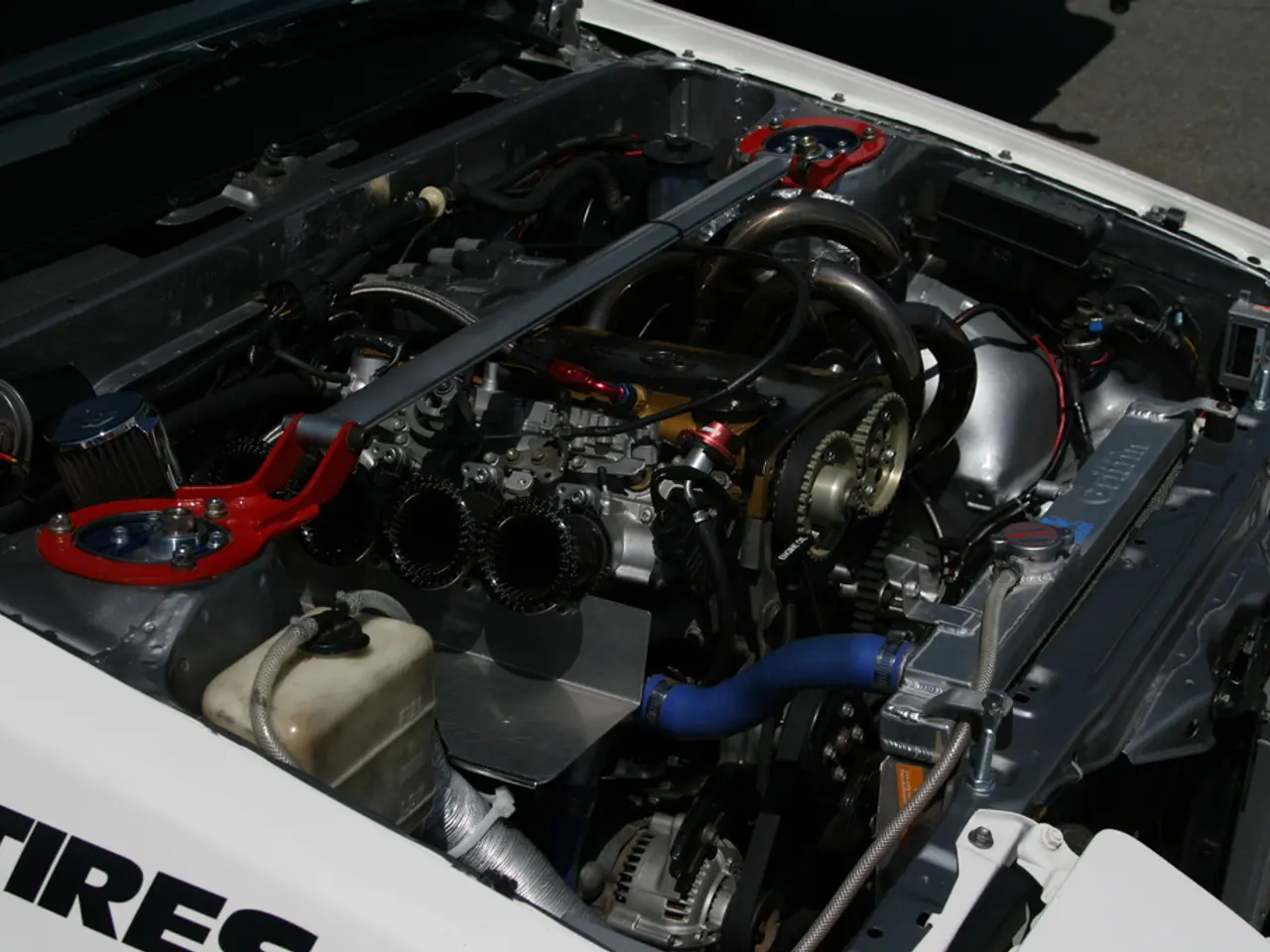Decline in EV battery costs by 90% since 2008, yet why haven't electric vehicle prices followed suit?
In the automotive industry, electric vehicles (EVs) have been making significant strides, but recent developments have highlighted challenges in the sector.
A notable issue has been the depletion of residual values for EVs, which are currently 35% to 40% lower than originally forecast. This has resulted in financial losses for companies like Hertz, which wrote off $150 million, and Sixt, which wrote off $40 million, due to overestimating the residual value of 20,000 and 60,000 EVs, respectively.
One of the factors contributing to this discrepancy is the rapidly evolving technology in the EV market. Potential buyers perceive current used-EV prices as too high due to the rapid pace of innovation and new market entrants offering competitive prices.
However, there is a silver lining. The price of EV batteries has been on a steady decline over the past 15 years, thanks to economies of scale, advancements in battery composition, manufacture, and technology, and fluctuations in mineral prices, particularly lithium. The average price per kilowatt of capacity for a lithium-ion battery has fallen from $1,414 (€1,275) in 2008 to $139 (€125) in 2023, according to a study by the U.S. government's Office of Energy Efficiency & Renewable Energy.
By 2030, it is predicted that the battery will represent just 19% of the cost of an average EV, down from 49% in 2016. This significant price drop has been instrumental in making EVs more affordable for consumers.
Despite these encouraging trends, the overall price of an EV is not falling as fast as the price of the battery. Price parity between EVs and internal combustion engine (ICE) vehicles is being pushed further into the future. Some predictions suggest it will be achieved in 2027, while others think 2030.
Another concern is the potential lithium supply shortage by 2030, which could cause EV battery prices to rise again. The demand for lithium is forecast to increase from 720,000 metric tons in 2022 to 3.1 million metric tons in 2030. The largest expected lithium suppliers for lithium-ion battery production by 2030 include Albemarle Corporation, SQM S.A., and American Lithium Corp., as they are among the top players in the lithium market with a forecasted significant growth until 2030.
The potential lithium supply shortage could cause the price discrepancy between EV batteries and EVs to narrow again, as the cost of the battery makes up a smaller portion of the overall EV price.
However, this potential supply shortage also raises concerns for the EV market. Tim Albertsen, CEO of leasing and mobility giant Ayvens, stated that if pressured to electrify the entire fleet, shareholders may not be prepared to take the risk, leading to market exit.
In conclusion, while the EV market faces challenges, the significant price drop in EV batteries has made EVs more affordable for consumers. However, the overall price of EVs is still lagging behind that of the batteries due to expensive research and development, profit-taking by OEMs, and market volatility. The potential lithium supply shortage could exacerbate these issues, but it also presents opportunities for new players to enter the market and drive further innovation.
Read also:
- Understanding Hemorrhagic Gastroenteritis: Key Facts
- Stopping Osteoporosis Treatment: Timeline Considerations
- Trump's Policies: Tariffs, AI, Surveillance, and Possible Martial Law
- Expanded Community Health Involvement by CK Birla Hospitals, Jaipur, Maintained Through Consistent Outreach Programs Across Rajasthan








